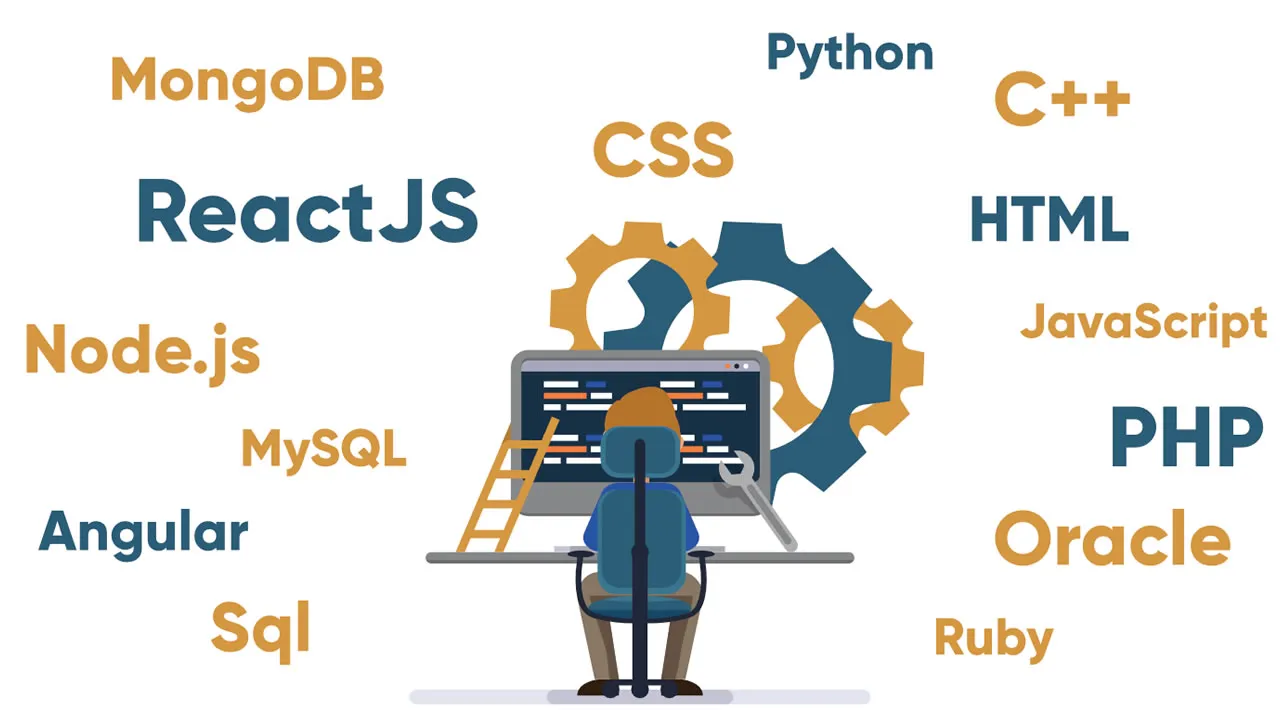Having recently worked with young web developers who were exposed for the first time to proper production infrastructure, I received many questions about the various components that one can find in the architecture of a “Web service”. These questions clearly expressed the
confusion (and sometimes the frustration) of developers who understand how to create endpoints in a high-level language such as Node.js or Python, but were never introduced to the complexity of what happens between the user’s browser and their framework of choice. Most of the time they don’t know why the framework itself is there in the first place.
The challenge is clear if we just list (in random order), some of the words we use when we discuss (Python) Web development: HTTP, cookies, web server, Websockets, FTP, multi-threaded, reverse proxy, Django, nginx, static files, POST, certificates, framework, Flask, SSL, GET, WSGI, session management, TLS, load balancing, Apache.
In this post, I want to review all the words mentioned above (and a couple more) trying to build a production-ready web service from the ground up. I hope this might help young developers to get the whole picture and to make sense of these “obscure” names that senior developers like me tend to drop in everyday conversations (sometimes arguably out of turn).
As the focus of the post is the global architecture and the reasons behind the presence of specific components, the example service I will use will be a basic HTML web page. The reference language will be Python but the overall discussion applies to any language or framework.
My approach will be that of first stating the rationale and then implementing a possible solution. After this, I will point out missing pieces or unresolved issues and move on with the next layer. At the end of the process, the reader should have a clear picture of why each component has been added to the system.
#flask #django #python #web-development #developer
